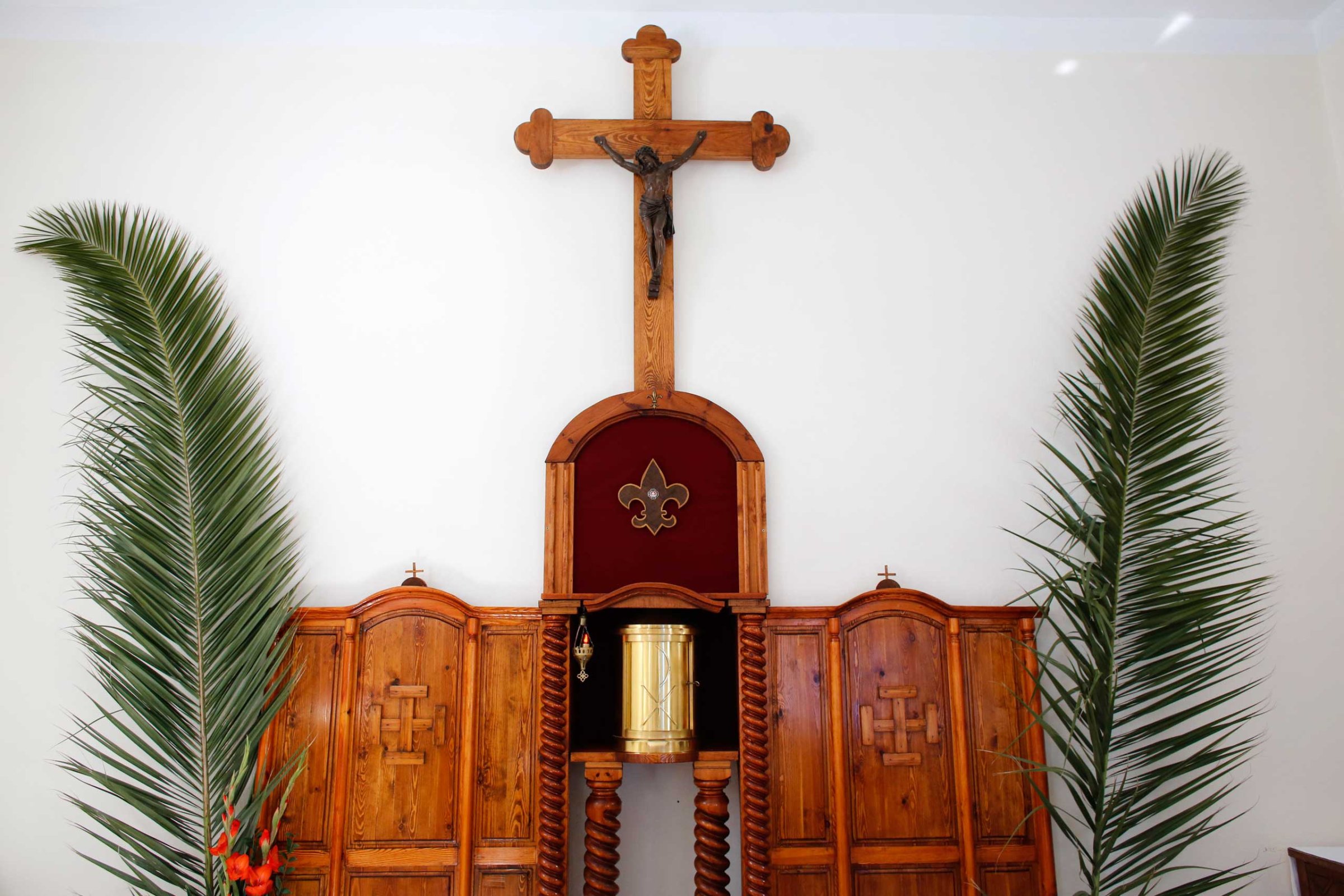
On Sunday, Christians all over the world will be carrying palms and other branches. That’s because it’s Palm Sunday, a celebration of the day Jesus entered Jerusalem before he was crucified and then resurrected, according to the Christian faith.
Christians carry palms on Palm Sunday because according to the Gospels, Jesus’ followers covered his path in palm fronds on the day he entered Jerusalem, after the custom of placing palms in the path of a high-ranking person. The palm branch also signified victory in Greco-Roman times, so the waving palms would have resembled a triumphal procession.
In many churches, congregants twist palms into the shape of a cross to commemorate the day, or use other branches if palms are not easily accessible– in some parts of Europe, churchyards are strewn with branches and flowers. The holiday is often celebrated with a procession.
Jesus also arrived in Jerusalem on a donkey, which was considered highly symbolic. At the time, a king riding a donkey symbolized peace, while a king on a horse symbolized war — while Jesus was not technically a king, his followers considered him to be King of Israel. Palm Sunday is depicted in all four Gospels, which isn’t true of all stories about Jesus.
In some congregations, the palms are burned at the end of Palm Sunday and the ashes are saved to use on Ash Wednesday of the following year. But most of all, Palm Sunday signifies the beginning of the last week of Lent — and the beginning of Holy Week.
Read next: Pope Francis Takes Selfies With Crowd After Palm Sunday Homily
More Must-Reads from TIME
- Breaking Down the 2024 Election Calendar
- How Nayib Bukele’s ‘Iron Fist’ Has Transformed El Salvador
- What if Ultra-Processed Foods Aren’t as Bad as You Think?
- How Ukraine Beat Russia in the Battle of the Black Sea
- Long COVID Looks Different in Kids
- How Project 2025 Would Jeopardize Americans’ Health
- What a $129 Frying Pan Says About America’s Eating Habits
- The 32 Most Anticipated Books of Fall 2024
Write to Charlotte Alter at charlotte.alter@time.com